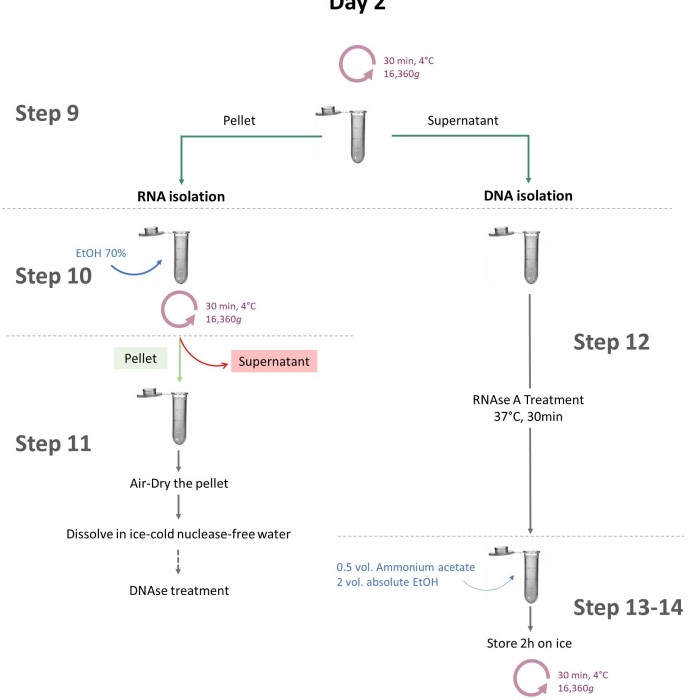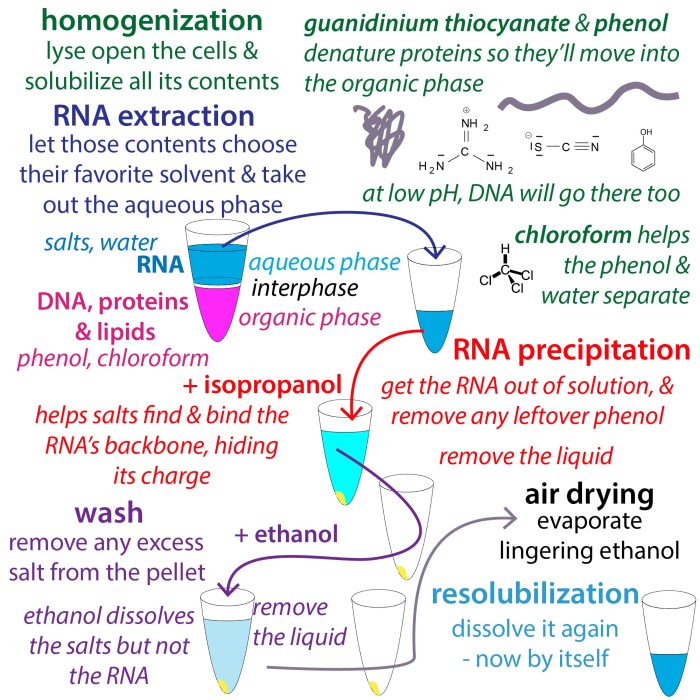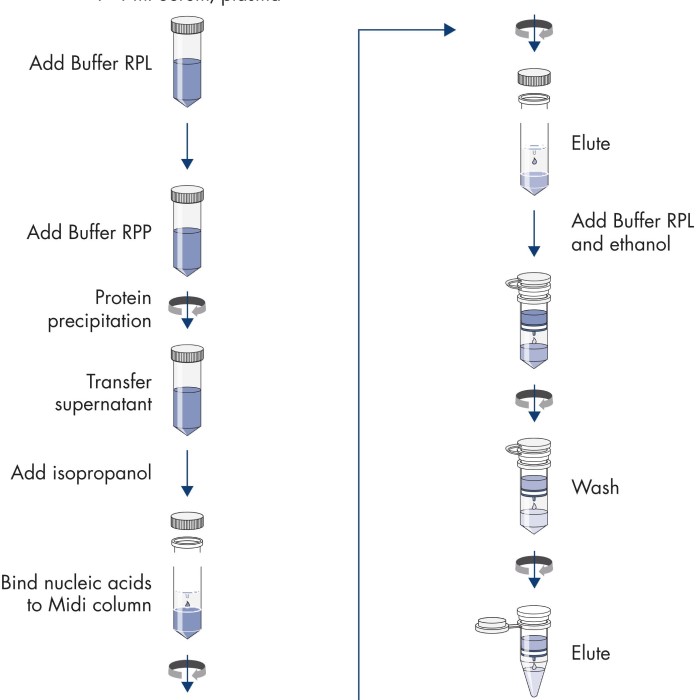Introduction to DNA and RNA Extraction
DNA and RNA extraction is a vital step in molecular biology and genetics. It isolates nucleic acids from biological samples for various applications. This process enables researchers to study genetic information accurately and reliably.
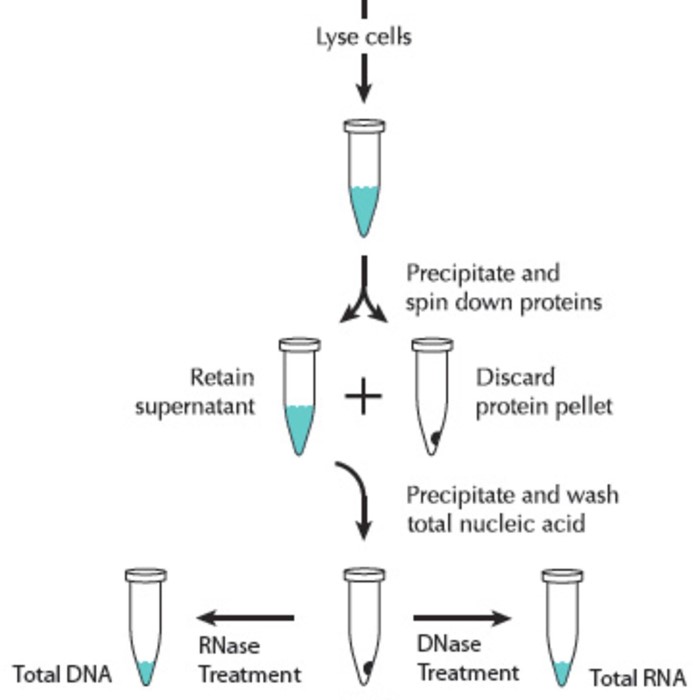
Importance of DNA and RNA in Research
DNA and RNA are the blueprint of life. DNA stores genetic information, while RNA converts it into proteins. These molecules are crucial for studying diseases, genetics, and cellular functions. Extracting pure DNA and RNA helps researchers analyze genes and understand complex biological systems. This improves knowledge of human health and diseases.
Common Applications of Extraction in Science
Nucleic acid extraction is widely used in scientific fields. It is essential in genetic testing, forensics, and biotechnology. Clinical diagnostics rely on DNA and RNA for detecting diseases. Genomic research uses them to study evolutionary patterns. In agriculture, DNA extraction identifies plant traits and improves crops. Industrial biotechnology benefits from this process for production and innovation. These applications make DNA and RNA extraction indispensable in science.
Key Principles of DNA and RNA Extraction
Overview of Extraction Process
DNA and RNA extraction involves isolating nucleic acids from biological matrices. The process typically follows four key steps:
- Cell Lysis: This step breaks open cell membranes to release DNA and RNA. Detergents or enzymes are commonly used.
- Removal of Proteins and Lipids: These contaminants are separated using organic solvents, salts, or enzymes.
- Precipitation and Purification: Nucleic acids are precipitated using alcohol and then purified to remove impurities.
- Elution: Finally, DNA or RNA is dissolved in a suitable buffer for downstream applications.
Each step ensures successful recovery of nucleic acids without degrading their structure. Researchers must optimize these steps based on sample type and intended use.
Challenges in Effective Extraction
DNA and RNA extraction can face several obstacles, which impact purity and yield:
- Sample Degradation: Improper storage leads to nucleic acid breakdown. RNA is especially prone to degradation.
- Contamination: Proteins, organic solvents, or other nucleic acids may contaminate extracts, reducing their usability.
- Low Sample Quality: Poor sample integrity or small quantities can reduce extraction efficiency.
- Protocol Irregularities: Inconsistent handling or inadequate reagents affect the outcome.
To overcome these challenges, researchers employ stringent storage guidelines and adapt protocols to specific sample types. Proper training and optimized techniques further minimize errors during dna and rna extraction.
Preparation for Extraction
Efficient DNA and RNA extraction requires meticulous planning and execution. Success hinges on proper equipment, reagents, and sample handling.
Essential Laboratory Equipment and Reagents
Proper tools and chemicals are vital for extracting high-quality nucleic acids. Key items include:
- Centrifuge: Separates components during extraction steps.
- Micropipettes: Transfers precise volumes of reagents and samples.
- Vortex Mixer: Ensures uniform mixing of liquids.
- Protective Gear: Keeps samples and operators safe from contamination.
Common reagents for DNA and RNA extraction include:
- Detergents: Break open cell membranes.
- Enzymes: Remove proteins or degrade unwanted materials.
- Alcohol: Precipitates nucleic acids for purification.
- Buffers: Stabilize nucleic acids during extraction and storage.
Researchers should validate the quality of equipment and select reagents suited for the sample type.
Sample Collection and Preservation
Proper handling of biological samples directly impacts extraction yield and integrity. Key steps include:
- Immediate Processing: Process samples immediately or store them appropriately.
- Storage Temperature: Keep samples at low temperatures to prevent degradation. RNA samples may require -80°C.
- Use of Stabilizing Agents: Preserve RNA by adding inhibitors to reduce enzymatic degradation.
- Transportation Conditions: Maintain stable environments during sample transport.
Accurate labeling and documentation ensure traceability and prevent mixing of samples. Following these practices helps researchers retain nucleic acid quality for downstream analysis.
DNA Extraction Techniques
Efficient DNA extraction methods are essential for research and diagnostics. These techniques differ in complexity and suitability for sample types. Below are some commonly used DNA extraction approaches.
Organic Extraction Methods
Organic extraction uses chemical solvents like phenol and chloroform to isolate DNA. This technique is highly effective for removing proteins and other impurities. Below are the main steps involved:
- Cell Lysis: Breaking open cells using detergents or enzymes.
- Add Solvent: Phenol and chloroform are added to extract nucleic acids.
- Centrifugation: Spinning separates DNA in the aqueous phase from contaminants.
- Precipitation: DNA is precipitated using alcohol and purified further.
Advantages:
- High DNA yield and purity.
- Effective removal of inhibitors.
Disadvantages:
- Time-consuming process.
- Toxicity risks from organic solvents.
This technique is ideal for complex samples that need high-purity DNA.
Inorganic and Salt-Out Methods
This method avoids toxic chemicals by using salts to remove proteins and isolate DNA. Key steps include:
- Cell Lysis: Use detergents to release DNA from cells.
- Protein Precipitation: Add a salt solution to remove proteins.
- DNA Precipitation: Use alcohol to precipitate and collect DNA.
- Elution: Dissolve purified DNA in a buffer solution.
Advantages:
- Safer and environmentally friendly.
- Simple and cost-effective.
Disadvantages:
- Lower purity compared to organic methods.
Researchers often use this method for routine DNA extraction from basic samples.
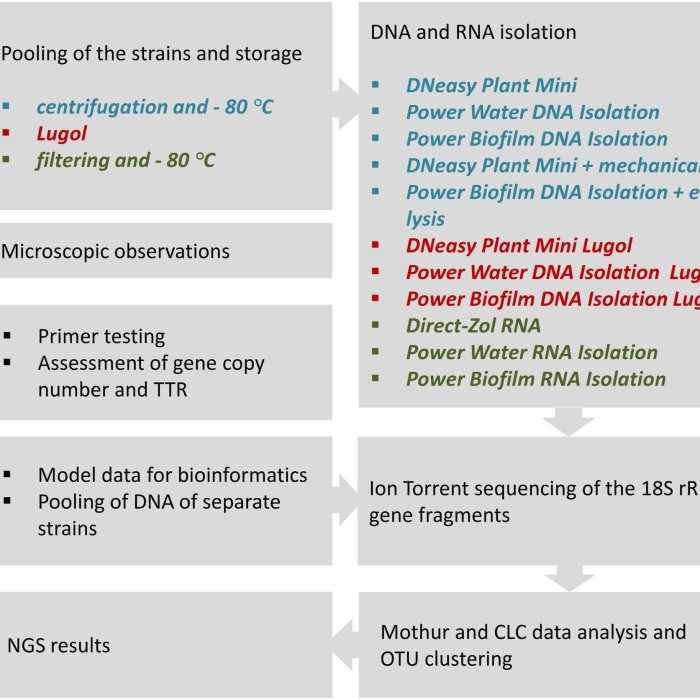
Spin-Column Based Kits
Spin-column kits use silica membranes to bind DNA. They simplify extraction and reduce manual handling. The process involves:
- Cell Lysis and Binding: Cells are lysed and DNA binds to the silica membrane.
- Washing: Contaminants are removed using buffer solutions.
- Elution: Purified DNA is collected.
Advantages:
- Fast and user-friendly.
- Produces consistent, high-quality DNA.
Disadvantages:
- Higher cost compared to traditional methods.
- Limited scalability for large samples.
Spin-column kits are widely used in clinical and genetic research due to their efficiency.
Choosing the right DNA extraction method depends on sample type, research needs, and available resources. Each method has strengths and weaknesses, making it necessary to match techniques to specific applications.
RNA Extraction Techniques
RNA extraction is critical for studying gene expression and molecular biology processes. Effective techniques help researchers isolate RNA with high purity and yield. Below are three widely used RNA extraction methods.
Trizol Method
The Trizol method is a widely used technique for extracting RNA from biological samples. It employs guanidinium thiocyanate, phenol, and chloroform for cell lysis and RNA isolation.
Steps involved:
- Add Trizol reagent to the sample and homogenize it.
- Separate RNA by centrifuging the mix with chloroform.
- Precipitate RNA using isopropanol.
- Purify and resuspend the RNA in an appropriate buffer.
Advantages:
- Efficient for various sample types.
- High RNA yield and quality.
Disadvantages:
- Toxic solvents used.
- Requires careful handling and expertise.
This method is ideal for complex samples needing high RNA concentrations.
Column-Based RNA Isolation
Column-based RNA isolation utilizes silica columns to bind and purify RNA. This method offers simplicity and efficiency.
Steps involved:
- Lyse cells using buffers or enzymes.
- Bind RNA to a column’s silica membrane.
- Wash away contaminants with buffers.
- Elute purified RNA.
Advantages:
- Fast and easy to perform.
- Consistent results with high RNA purity.
Disadvantages:
- Higher cost than manual methods.
- Limited scalability for large samples.
This technique is perfect for routine lab analysis and diagnostics.
Magnetic Bead-Based Extraction
Magnetic bead-based RNA extraction uses beads coated with RNA-binding substances to isolate RNA. The process is automated and highly efficient.
Steps involved:
- Bind RNA to magnetic beads after cell lysis.
- Separate beads with a magnetic field.
- Wash beads to remove impurities.
- Release and collect purified RNA.
Advantages:
- High throughput and automation-friendly.
- Ideal for handling multiple samples simultaneously.
Disadvantages:
- Requires specialized equipment.
- Can be more expensive than other methods.
This method is useful in large-scale research and modern labs focused on efficiency.
Choosing the right RNA extraction method depends on sample type, application, and available resources. Each technique offers unique strengths, making it crucial to match the method with specific research needs.
Factors Affecting Extraction Efficiency
Effective DNA and RNA extraction depends on various factors. Understanding and optimizing these can improve results.
Sample Quality and Quantity
The quality and amount of the sample directly impact extraction success. High-quality samples yield better nucleic acids. Damaged or degraded samples reduce DNA and RNA integrity.
- Freshness of Samples: Fresh samples give better results in nucleic acid extraction.
- Preservation: Store samples correctly to avoid degradation. Freeze or use RNA stabilizing agents when needed.
- Quantity of Material: Adequate sample quantity ensures sufficient DNA or RNA for analysis.
Properly collected and preserved samples increase extraction efficiency and reliability.
Avoiding Contamination
Contamination is a key concern in DNA and RNA extraction. It affects the purity of the output.
- Use of Clean Tools: Ensure all lab tools are sterile to avoid cross-contamination.
- Reagent Quality: Use high-purity reagents to minimize impurities.
- Protective Measures: Wear gloves and other protective gear to reduce human contamination.
- Separate Workspaces: Dedicate areas for sample preparation and nucleic acid handling.
Following these precautions ensures high-quality extracts and avoids erroneous results.
Optimizing Protocol Parameters
Customized protocols improve yields and nucleic acid quality.
- Adjust Lysis Methods: Use detergents or enzymes suitable for specific cell types.
- Temperature Control: Maintain optimal temperatures to prevent DNA and RNA degradation.
- Centrifugation Settings: Use the correct speed and time for efficient separation.
Regularly review and refine protocols to suit the sample types and research goals.
By addressing these factors—sample quality, contamination control, and protocol optimization—you can improve dna and rna extraction efficiency.
Automation and Advanced Extraction Technologies
Automation has transformed DNA and RNA extraction by increasing efficiency and reducing manual errors. Advanced technologies enable rapid processing, consistent results, and scalability. These innovations cater to research, diagnostics, and industrial needs.
High-Throughput Extraction Techniques
High-throughput techniques process large sample volumes simultaneously. This ensures time efficiency in modern labs. Key features include:
- Parallel Sample Handling: These methods can handle hundreds of samples, suitable for large studies.
- Improved Consistency: Automated workflows ensure uniformity, reducing variability between samples.
- Rapid Processing: High-throughput tools minimize turnaround time, ideal for urgent applications.
Common high-throughput platforms utilize:
- Microfluidic Systems: These systems manage fluids at a micro level, optimizing DNA and RNA extraction efficiency.
- 96-Well Plates: These plates process multiple samples concurrently using automated systems.
Applications include clinical diagnostics, population genomics, and agricultural research. These technologies streamline workflows for maximum productivity.
Automated Systems for DNA and RNA Extraction
Automated extraction systems integrate advanced robotics and software. They reduce manual labor and errors. Key advantages:
- Ease of Use: Automated devices use ready-to-go reagents, simplifying operation.
- Reduced Contamination: Closed systems prevent exposure, reducing risks of sample contamination.
- Reproducibility: Machines ensure consistent quality across different batches of extractions.
Popular automated platforms include:
- Magnetic Bead Handlers: Magnetized beads bind nucleic acids for isolation, followed by automated purification.
- Spin-Column Robots: Systems automate the column-based method, ensuring faster and consistent results.
- Next-Gen Pipetting Robots: These tools precisely transfer liquids, automating complex extraction protocols.
Automated systems are ideal for high-demand settings like clinical labs or biotech industries. They enable efficient workflows with minimal human intervention, paving the way for future innovations in DNA and RNA extraction.
Applications and Future Trends
The field of DNA and RNA extraction continues to expand its horizons. From clinical applications to groundbreaking innovations, ongoing advancements ensure significant contributions to science and medicine.
Clinical Diagnostics and Genomics
DNA and RNA extraction plays a central role in clinical diagnostics and genomics. Precise and efficient nucleic acid isolation enables the detection of genetic disorders, infections, and cancer markers. Key areas of application include:
- Disease Detection: Extracted DNA and RNA are analyzed to identify pathogens and mutations.
- Personalized Medicine: Genomic data helps tailor treatments for individual patients based on specific genetic profiles.
- Non-Invasive Testing: Circulating DNA in blood samples facilitates prenatal tests and cancer screenings.
- Monitoring Therapeutic Efficacy: Genomic tools track how patients respond to treatments.
In genomics, DNA and RNA isolation is essential for sequencing and analyzing genetic material. Researchers use it to uncover evolutionary patterns, understand genetic risk factors, and study population genetics. As clinical and genomic studies grow, the demand for efficient extraction techniques continues to rise.
Emerging Innovations in Extraction Technologies
Innovations in DNA and RNA extraction aim to enhance efficiency, scalability, and accuracy. Key trends transforming this field include:
- Miniaturization of Systems: Microfluidic devices offer compact and automated nucleic acid extraction. These systems reduce sample requirements while improving throughput.
- Portable Extraction Kits: Field-deployable kits enable extraction outside traditional labs, aiding point-of-care diagnostics.
- Nanotechnology Integration: Nanomaterials bind and purify nucleic acids efficiently, improving yield and accuracy.
- Green Chemistry Methods: Eco-friendly solvents and reagents reduce the environmental impact of traditional extraction processes.
- Robust AI Algorithms: Machine learning refines extraction protocols, reducing errors and optimizing performance.
Future advancements aim to reduce costs while improving accessibility for researchers worldwide. Research into automation and eco-friendly tools promises further innovations in the extraction landscape.
DNA and RNA extraction will remain vital for progress in diagnostics, research, and biotechnology. Continuous improvements in technology and applications will drive its importance in shaping the future of science and medicine.
